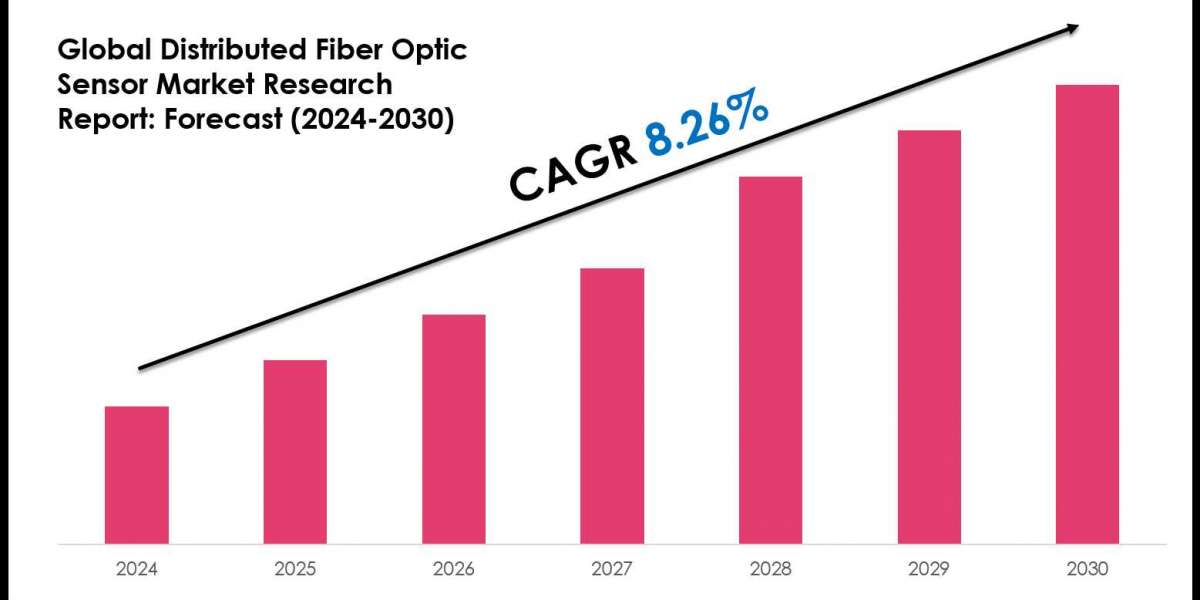In Vitro Diagnostics: The Foundation of Modern Laboratory Medicine
Introduction
In Vitro Diagnostics (IVD) encompass tests performed on samples (such as blood, urine, or tissue) taken from the human body to detect diseases, monitor health status, and guide treatment decisions. From routine blood glucose measurements to advanced genetic assays, IVD technologies are indispensable in hospitals, clinics, and research laboratories worldwide. As healthcare shifts toward precision medicine, the IVD market continues to expand, driven by technological innovations, rising chronic disease prevalence, and demand for rapid, accurate testing.
What Is In Vitro Diagnostics?
“In vitro” means “in glass,” referring to tests conducted outside the body. IVDs include:
Clinical chemistry assays (e.g., glucose, electrolytes)
Immunoassays (e.g., hormone levels, infectious disease serology)
Molecular diagnostics (e.g., PCR, next‑generation sequencing)
Hematology tests (e.g., complete blood counts)
Microbiology cultures and susceptibility testing
Point‑of‑care (POC) tests (e.g., rapid antigen/antibody tests, glucose meters)
IVDs provide critical information on diagnosis, prognosis, therapeutic monitoring, and screening.
Market Overview
Market Size Growth: Valued around USD 90 billion in 2023 and projected to reach USD 160 billion by 2030 (≈ 8% CAGR).
Key Segments: Clinical lab instruments, reagents/consumables, software and data management, POC devices.
Regional Leaders: North America (≈ 40% share), Europe, Asia‑Pacific driving fastest growth.
Key Growth Drivers
Rising Chronic Diseases: Diabetes, cardiovascular diseases, cancer, and infectious diseases fuel demand for routine and specialized tests.
Technological Innovations:
Lab‑on‑a‑chip and microfluidics for miniaturized, high‑throughput assays.
Digital pathology and AI‑driven image analysis enhance accuracy and workflow.
Molecular methods (qPCR, NGS) enable rapid pathogen detection and personalized oncology panels.
Point‑of‑Care Testing (POCT): Growth of rapid tests in clinics, pharmacies, and remote settings improves accessibility and turnaround time.
Aging Population: Older adults require frequent monitoring of metabolic, cardiac, and renal functions.
Regulatory Reimbursement Support: Expanded screening guidelines and insurance coverage for early disease detection.
Challenges
Regulatory Complexity: Stringent approval pathways (FDA, MDR, IVDR) can delay market entry.
Data Integration: Managing large volumes of lab data and integrating with electronic health records remains a hurdle.
Cost Pressures: Balancing high instrument costs and reagent expenses against healthcare budgets.
Quality Standardization: Ensuring consistent performance across laboratories and instrument platforms.
Emerging Trends
Home‑Use Diagnostics: Expansion of at‑home molecular tests (e.g., for COVID‑19, genetic screening) empowers patient self‑testing.
Multiplex Assays: Simultaneous detection of multiple analytes reduces sample needs and time.
Digital Health Integration: Cloud‑based lab information systems and tele‑lab services connect providers and remote sites.
Personalized Medicine: Companion diagnostics guide targeted therapies, particularly in oncology and rare diseases.
Sustainable Labs: Eco‑friendly reagents and instrument designs lower environmental footprint.
Future Outlook
The IVD market will continue its robust growth as:
AI and machine learning further automate result interpretation and predictive analytics.
CRISPR-based diagnostics offer ultra‑rapid and ultra‑sensitive pathogen detection.
Wearable biosensors evolve to provide continuous physiological monitoring.
Global health initiatives expand screening programs in emerging economies.
By enabling early detection, timely treatment, and personalized care, IVDs remain at the heart of evidence‑based medicine.
Conclusion
In Vitro Diagnostics are foundational to modern healthcare delivery, offering critical insights from prevention through treatment. As innovation accelerates—driven by molecular methods, digital integration, and decentralized testing—the IVD landscape will shape the future of precision medicine, public health, and patient empowerment. Clinicians, laboratorians, and healthcare administrators alike must stay abreast of these advances to fully leverage the life‑saving potential of in vitro diagnostics








